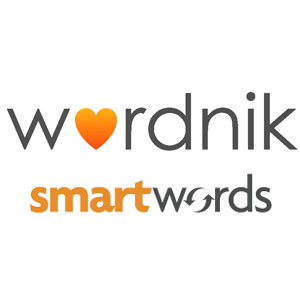Over the 'summer' break, I have been exploring numerous MOOCs on a range of topics from Irish history to the fundamentals of teaching. September sees me enrolled on several courses with varying levels of engagement but two I intend to complete fully are Learning to Teach Online from the University of New South Wales and Modern & Contemporary American Poetry (or ModPo for short) by Al Filreis from Pennsylvania University.
Learning to Teach Online has been an interesting in terms of confirming much of my own theory around online or blended learning, and the reflections involved in this course have made me consider alignment of curriculum, assessment and methodology in a very structured (and useful) way. Should it run again, I would thoroughly recommend it for anyone seeking to embark on - or improve the efficacy of - online learning, whether for part or all of a course.
Having a stronger academic background in language than literature, I am always keen to 'up' my knowledge and skills around the latter, so the course on American poetry has been most enlightening. So far, we have focused on Dickinson and Whitman. Dickinson manages to create such densely-packed lines, often musing on the nature of poetry itself and the insights gained so far have been beneficial in informing me of various perspectives on a writer with many possible interpretations.
The Whitman materials await my attention so, as the baby naps, that's where I'm heading now. See you there perhaps!






